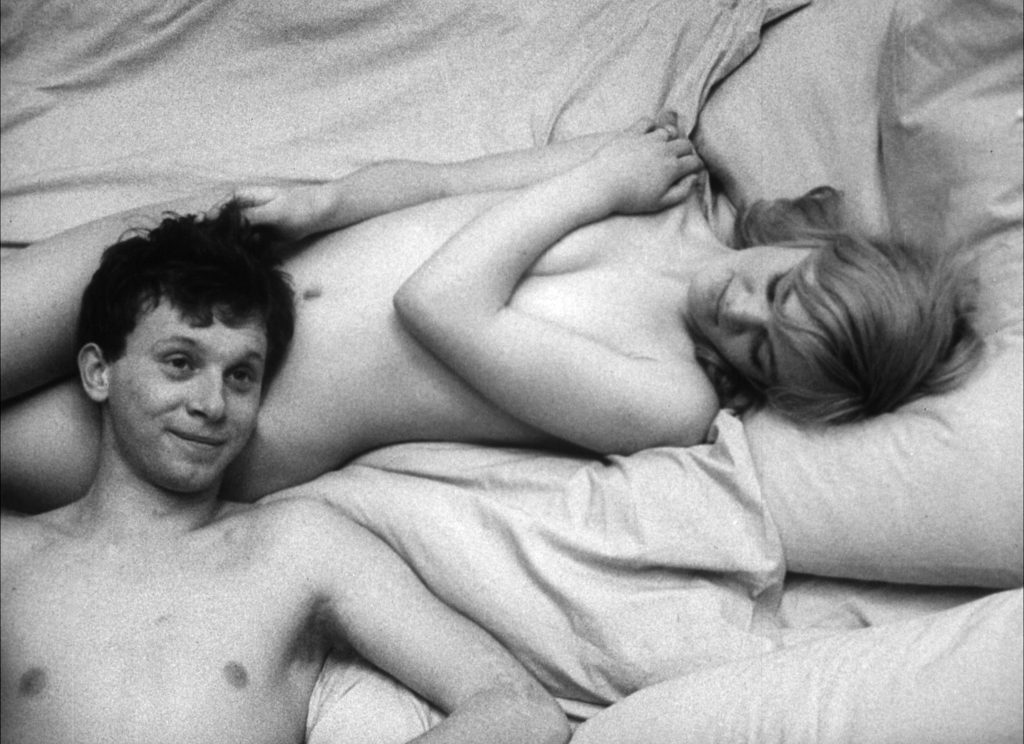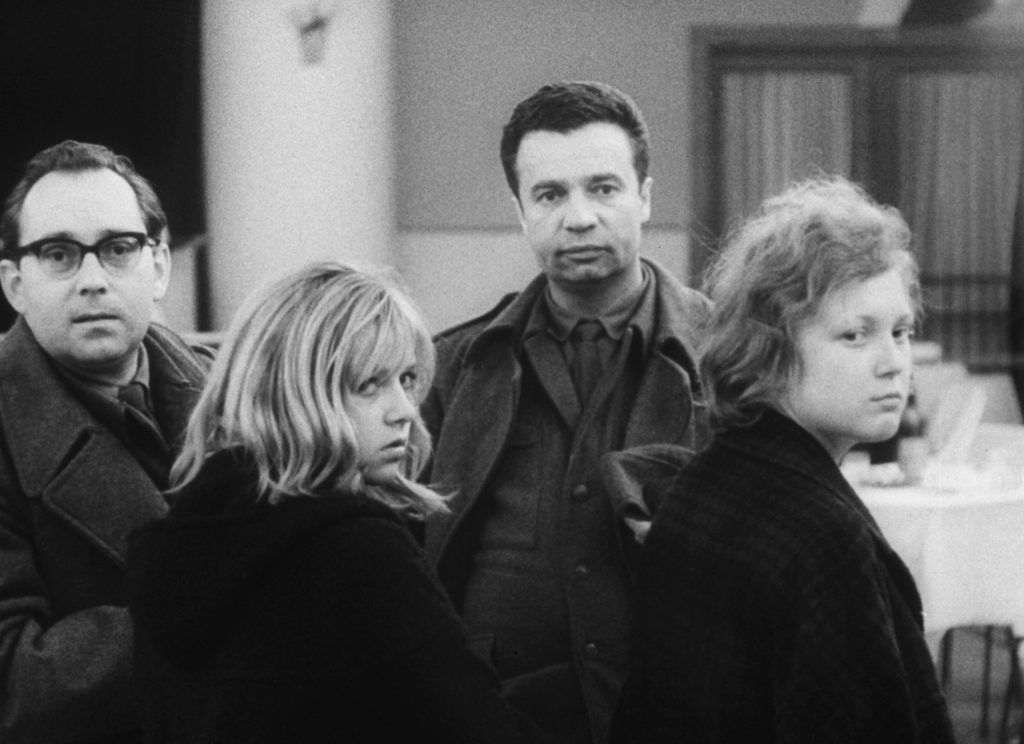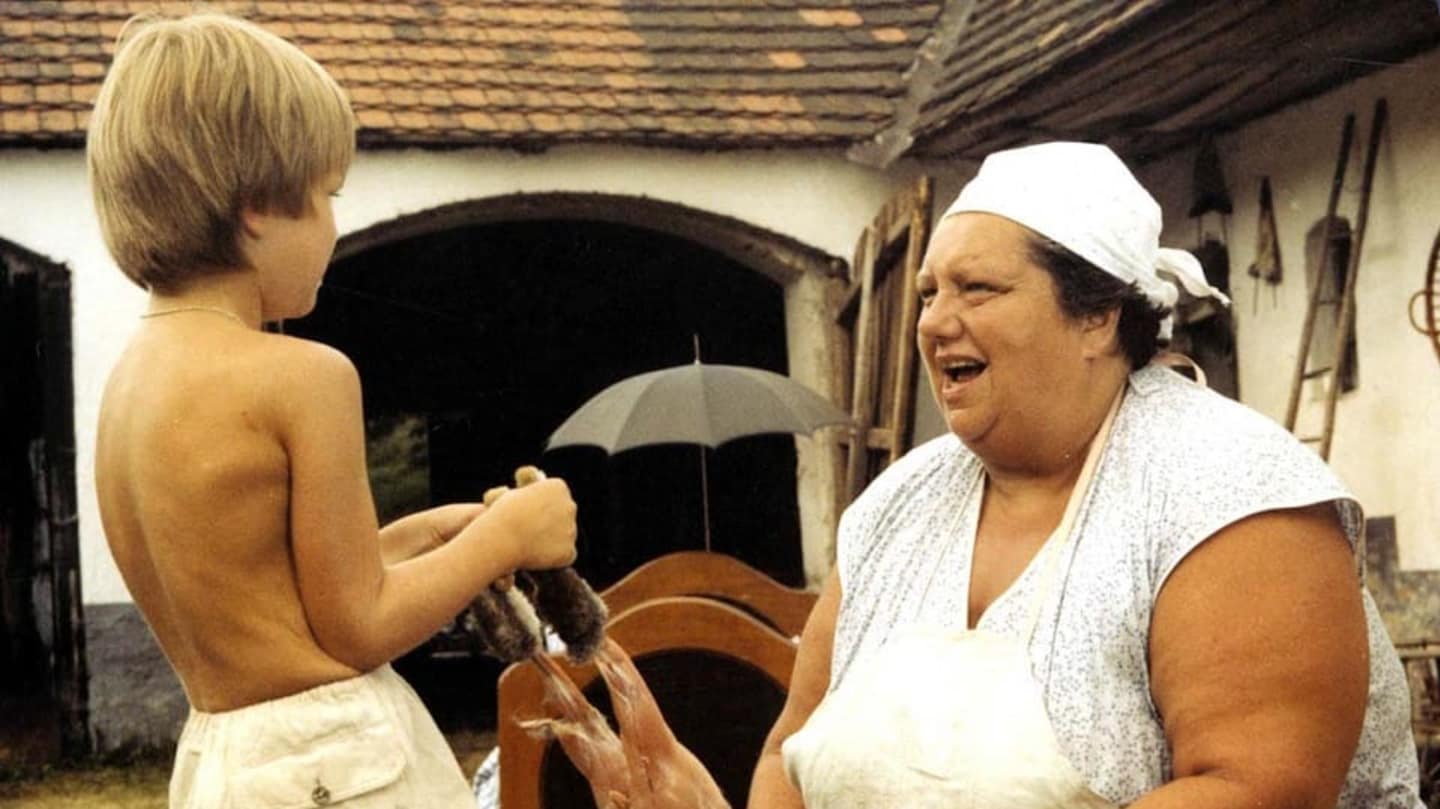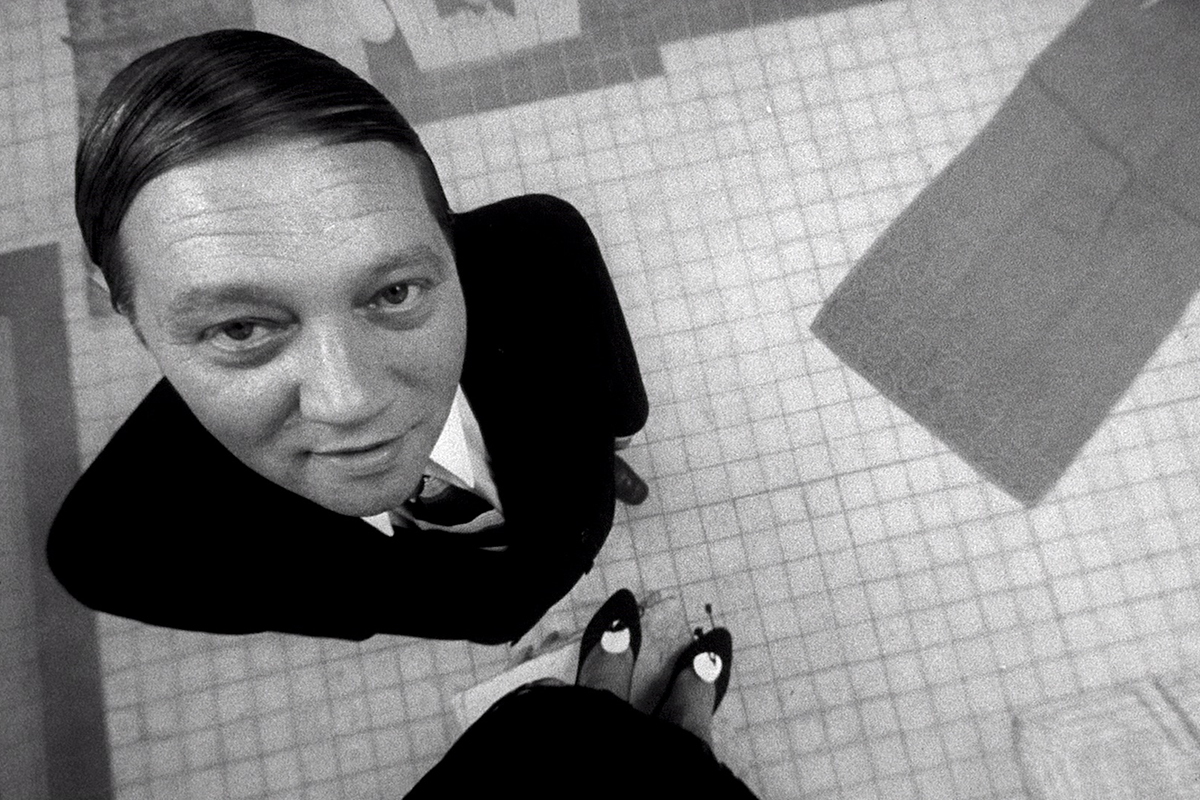Czech film review: Loves of a Blonde (1965) - Lásky jedné plavovlásky

Welcome once again to the “At the Movies” blog. It’s been a while since our last post, so let’s get back into the swing of things with one of the most well-known films from the Czech New Wave, Miloš Forman’s Loves of a Blonde. The following article was originally published on my website, Czech Film Review.
The movie is currently showing on Czech Netflix with English subtitles.
Andula (Hana Brejchová) works in a shoe factory in a small town where, thanks to inept state planning, women outnumber men by 16 to 1. She shares a dorm in a dreary hostel with several other women of her age, and despite the odds has a good-looking boyfriend called Tonda. He’s bought her a ring and told her the stone in it is a diamond. She wants to believe it.
Loves of a Blonde was Miloš Forman’s sophomore effort after Black Peter (Černý Petr) and is a key film of the Czech New Wave. The title may well be ironic. While Andula certainly seems to have no trouble attracting the attention of the opposite sex, the men in her life don’t seem even remotely capable of giving her the relationship she needs. She is quite worldly compared to some of her friends, but still dreams of love and romance – we can tell that from the opening scene, where she is cuddled up in bed with one of her friends cooing over the ring.
Tonda, despite his respectable portrait pic, turns out to be an aggressive, possessive moron and the other guys in the movie aren’t much better. At a village dance, Andula and two friends are approached by three sleazy middle-aged soldiers who are stationed nearby. Their idea of wooing the girls is to get them drunk and take them for a quick knee-trembler in the woods nearby…
Even the relatively attentive and cultured piano player, Milda (Vladimír Pucholt) enjoys his fair share of the ladies back in the big city and doesn’t take their liaison as seriously as she does. Nevertheless, they spend the night together and their tender, playful scenes are among the best in the movie.
Despite the character’s obsession with hookups and relationships, much of the humour comes from how uncertain and dithery they are when it comes to actually dealing with the opposite sex. This is most apparent with the three soldiers who, despite their age and experience (one is married and loses his ring in a comic set piece) bicker and gossip like a trio of schoolboys about approaching the much younger women.

Overall, It’s a grim scenario for a young working-class woman with no real prospects of her own, one which Forman plays out with an ironic lightness of touch through a series of semi-improvised vignettes. As with his later film, The Firemen’s Ball, Forman is preoccupied with the minutiae of small-town life in an oppressive regime, set against the backdrop of village dances, dated polka music and awkward dance moves. Forman is very adept at blending professional and non-professional actors, allowing scenes to play out at length with natural rhythms that give the film a documentary vibe.
Brejchová, Forman’s former ex-sister-in-law, is an appealing lead as Andula. The casting of a young amateur actress in the eponymous role is a masterstroke – her performance is so disarming and unaffected, without any of the actorly tics a professional might have brought to the part. Her Andula is downtrodden but tough, sceptical yet romantic. She’s especially good in the scene that features so prominently in the film’s promotional material – her and Milda have just had sex and they’re playfully chatting, his head resting on her lap and her arm covering her breasts. It’s very casual and tender, played without eroticising Brejchová’s naked form, and she’s completely luminous in those moments.
Forman was an admirer of Lindsay Anderson’s This Sporting Life, and there is something of that films sooty working-class aesthetic in Miroslav Ondříček’s cinematography. Anderson visited Forman on the set and later poached Ondříček to work on his later films If… and The White Bus. The connection with the British New Wave is unmistakable, a movement that paved the way for the social realism of Ken Loach. Throughout the film I was reminded of Loach’s Poor Cow, which also follows the travails of a young unlucky-in-love blonde protagonist.
Loves of a Blonde lacks the allegorical and satirical bite of his next film, The Firemen’s Ball – indeed, it found favour with the regime and received the Order of Klement Gottwald, a prize awarded to works that had “outstanding merit for realisation of the socialism system in Czechoslovakia.”
Overall, Loves of a Blonde is pretty lightweight compared to some of the other key works of the Czech New Wave. It’s entertaining enough, but there are far more interesting films from the period that demand closer attention from newcomers to Czech cinema.
Loves of a Blonde is currently showing on Czech Netflix with English subtlitles.

